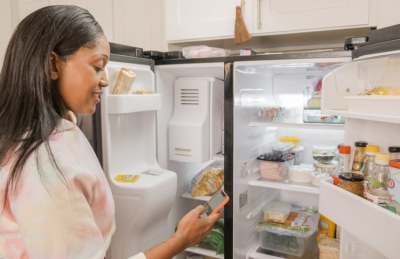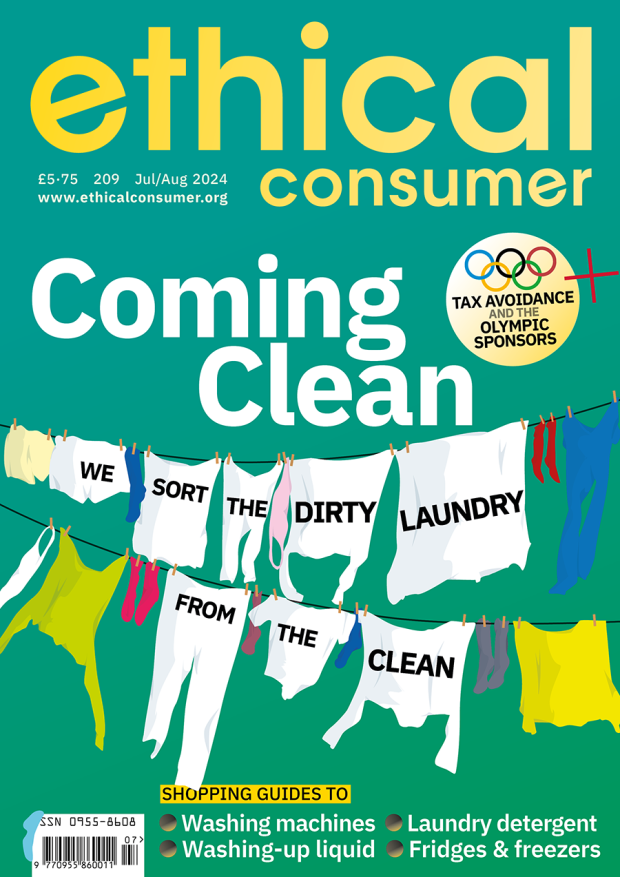Around 87% of people in the UK own a fridge, which makes it the second most owned household appliance after washing machines. It's therefore disappointing that no brands score very highly in this shopping guide, with only one scoring more than 40 (out of 100).
Despite that, there are a couple of brands who are making energy efficient fridge-freezers, and although you may not be looking for a green fridge for colour, there are some features to look out for (or avoid), particularly if you want to be as eco as possible and save energy.
Which fridge brands are in the eco shopping guide?
We rate and review 40 brands of fridge-freezers, from the bestsellers like Hotpoint and Indesit (both owned by Whirlpool) to Samsung, Siemens and Smeg.
We look at their commitment to energy efficiency and workers' rights, as well as revealing which companies have links to military supply. We also compare running and lifetime costs, and length of warranties.
We highlight ways to make your current fridge-freezer as energy efficient as possible, and how to make best use of them to cut down on food waste.
We also look at the implications of the rise in side-by-side 'American style' fridge-freezers particularly for energy use.





